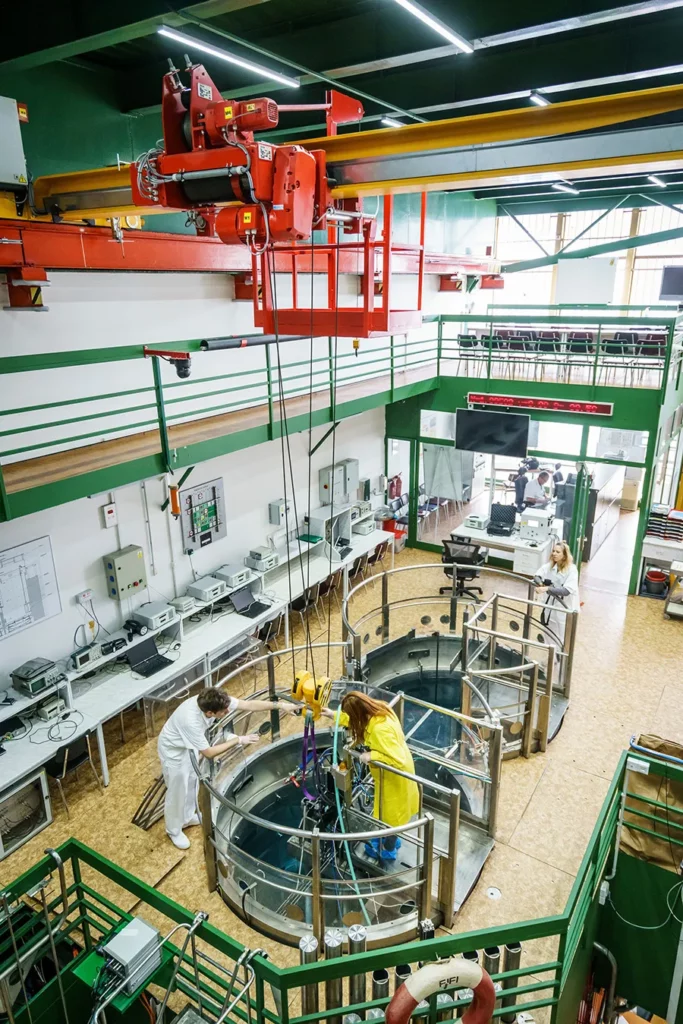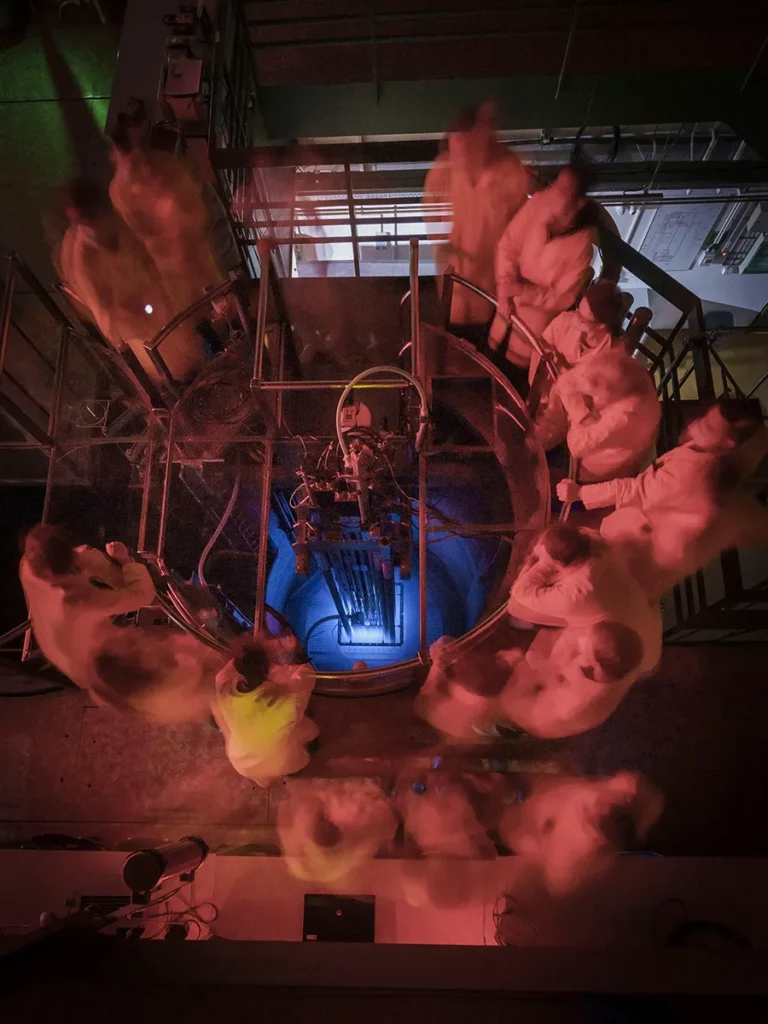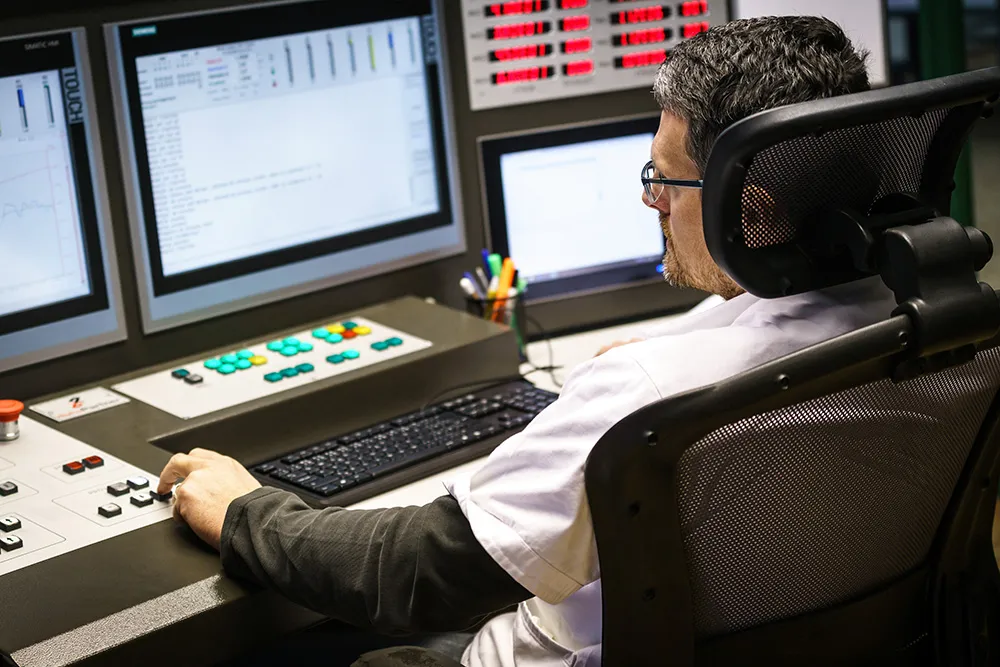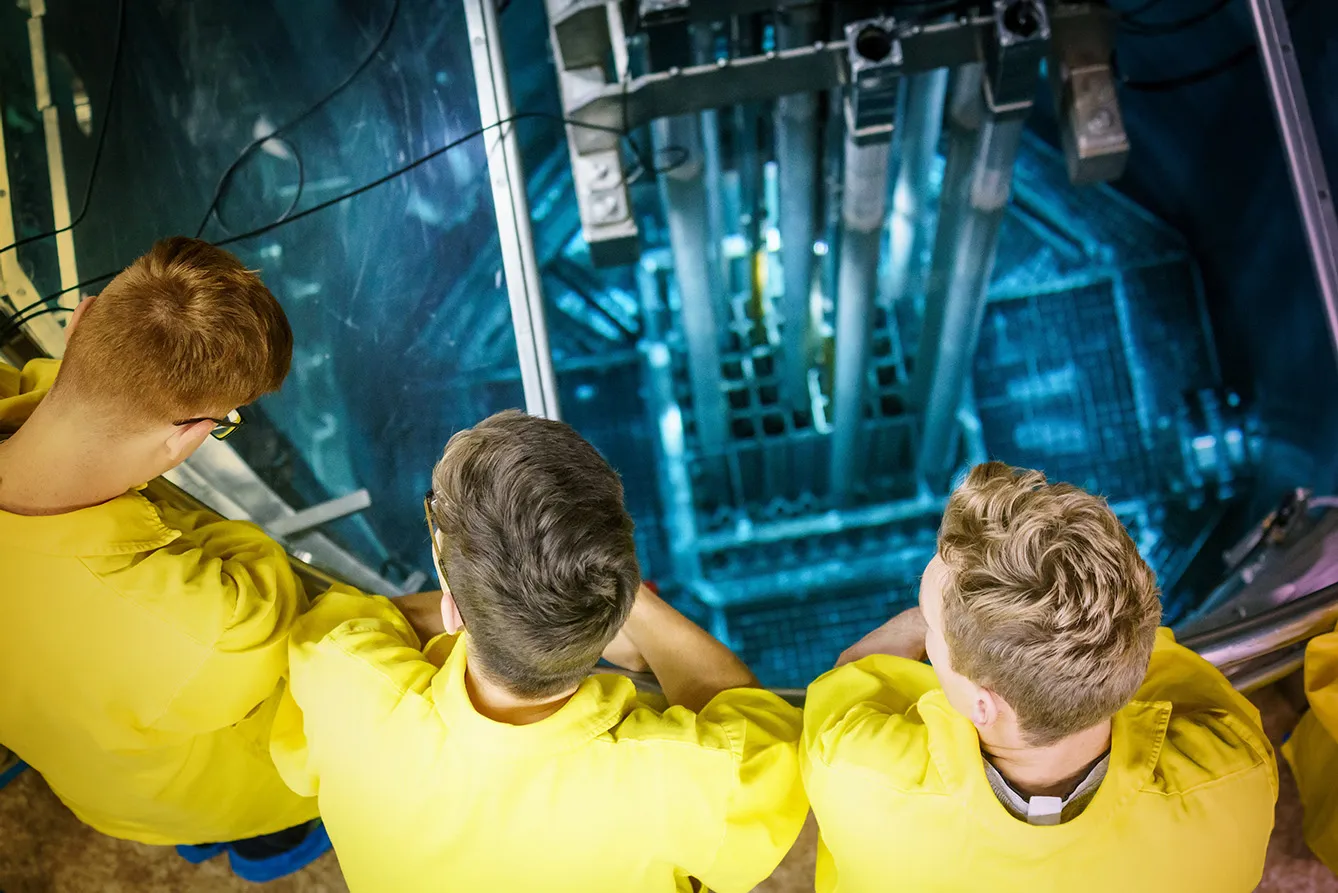Yes, you read it right. There is a nuclear reactor in the capital of the Czech Republic. Located less than 7 minutes from Wenceslas Square and less than 5 minutes from Prague Zoo, the reactor is hidden in the Faculty of Mathematics and Physics of Charles University building. It is a nuclear reactor with the designation VR-1, familiarly called VRABEC (Sparrow). Its operator is the Faculty of Nuclear and Physical Engineering of the Czech Technical University, Department of Nuclear Reactors. Both universities cooperate closely in the operation and use of the reactor.





By operating the nuclear reactor, the CTU in Prague has joined the few dozen universities worldwide that operate nuclear reactors. But the reactor does not only serve students from CTU and Charles University. It is also used by students from six Czech universities, mainly within the CENEN (Czech Nuclear Education Network) association. Recent and future users should be mentioned too: KTH Royal Institute of Technology (Sweden), Defence Academy of the UK, University of Manchester (UK), University of Tennessee Knoxville (USA), Monterey Institute of International Studies (USA), and Aalto University Helsinky (Finland). Annually, 250 students across the region are involved in projects involving the Sparrow.
And that is the primary purpose of the Sparrow. It is not used for power generation, as with large power reactors, but primarily for scientific research, training, and education of experts and operating personnel for nuclear facilities.
A nuclear future – made in Prague?
The actual construction of the reactor was preceded by many years of planning. The first attempts to build an experimental university reactor began in the 1960s. However, these proposals were purely theoretical. The construction work of Sparrow started in April 1985, and it was completed by early 1990. The first test and the extended testing period began in November 1990 and lasted two years. The reactor has been in continuous operation since 1992.
There are other research reactors in Czechia. However, Sparrow has recently inspired the further development of a different kind of nuclear technology: Small Modular Reactors. Sparrow proved that smaller nuclear reactors could operate safely for decades. Even in city centers. Its smaller size and lower power (up to 500 W) do not change this. It is still a nuclear reactor using enriched uranium as fuel.
Sparrow may become a pioneer in the commercial use of small modular reactors, and his story will become an argument for their safety and broad applicability. And if his story goes unheard, it will not change his merits. He has, after all, trained thousands of experts in the field of nuclear power during his lifetime.
See Also: The Wild Jungle in the Center of Prague







